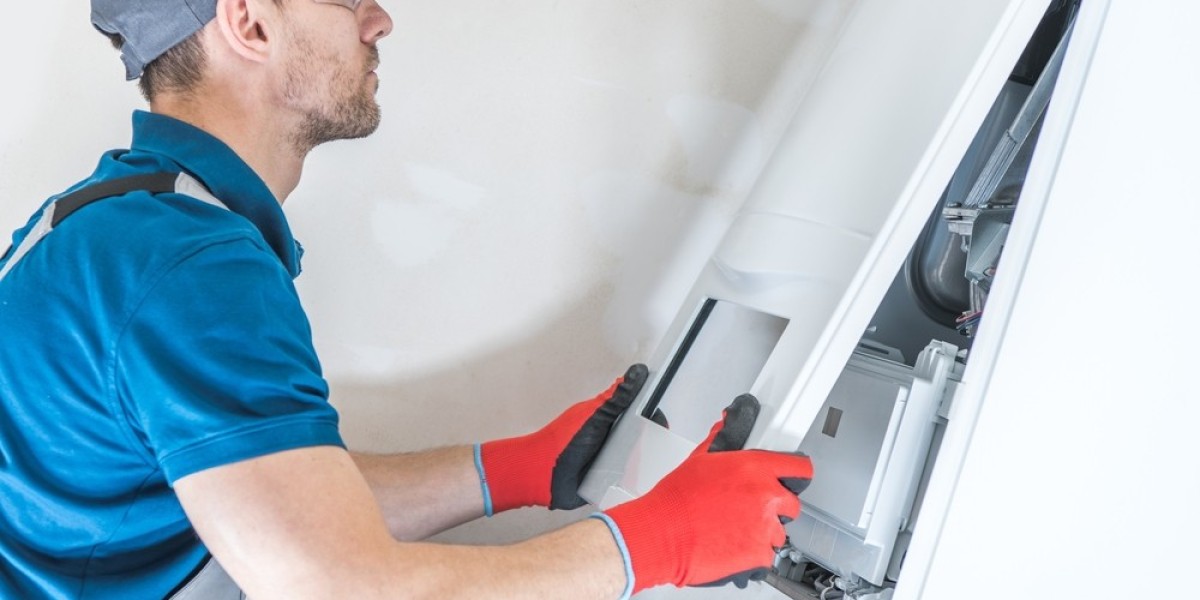furnace installation is a vital component of maintaining a warm and comfortable home, especially during colder months. Whether you’re upgrading your existing heating system or installing a new one, it’s important to understand the steps involved, the factors to consider when choosing a furnace, and the importance of professional installation.
1. Why Proper Furnace Installation Matters
Installing a furnace correctly ensures that it operates efficiently, safely, and reliably. Here are some key benefits of proper installation:
- Energy Efficiency: A correctly installed furnace will consume less energy to heat your home, saving you money on your utility bills.
- Safety: Incorrect installation can lead to hazardous situations like gas leaks or carbon monoxide buildup. Proper installation mitigates these risks.
- Comfort: A correctly sized furnace and proper installation ensure even heating, eliminating cold spots and maintaining a consistent temperature throughout your home.
- Longevity: Proper installation reduces strain on the furnace, increasing its lifespan and minimizing the need for costly repairs.
2. Choosing the Right Furnace
Before installation, it's essential to choose the right furnace for your home. Key factors to consider include:
- Furnace Size: The furnace must be the right size to meet your home’s heating requirements. An undersized furnace will struggle to heat your home, while an oversized one will cycle on and off frequently, leading to energy waste. An HVAC professional can perform a heat load calculation to determine the correct size.
- Fuel Type: Furnaces can run on different fuel sources, including natural gas, propane, oil, or electricity. Gas furnaces are the most popular and efficient option in many areas, but your choice will depend on fuel availability and cost.
- Energy Efficiency: Look for a furnace with a high Annual Fuel Utilization Efficiency (AFUE) rating. Higher AFUE ratings mean the furnace converts more fuel into heat, leading to lower energy costs.
- Features: Consider features like multi-stage heating, variable-speed blowers, and smart thermostat compatibility, which can improve efficiency and comfort.
3. The Furnace Installation Process
Furnace installation involves several key steps and should be handled by a licensed HVAC technician to ensure everything is done safely and correctly. Here’s what to expect during installation:
Step 1: Pre-Installation Assessment
- Home Evaluation: The technician will inspect your home to assess the size, insulation, and current heating system (if you’re replacing an old furnace). This helps determine the correct furnace size and placement.
- Ductwork Inspection: The technician will also check the existing ductwork to ensure it’s in good condition and properly sealed for efficient airflow.
Step 2: Removing the Old Furnace (if applicable)
- If replacing an old furnace, the technician will disconnect the gas, electricity, and venting systems before removing the old unit. They will also inspect and clean the ductwork if necessary.
Step 3: Installing the New Furnace
- Placement: The new furnace will be placed in a suitable location, typically a basement, attic, or utility room. The unit must be leveled and secure to operate effectively.
- Gas and Electrical Connections: The technician will connect the furnace to your gas line (for gas furnaces) and electrical system, ensuring everything is safe and functional.
- Ductwork Connection: The furnace will be connected to your home’s ductwork, ensuring warm air is distributed evenly throughout the home.
- Venting: Proper venting is essential to safely expel combustion gases outside. The technician will install the necessary venting components according to local building codes and manufacturer guidelines.
Step 4: System Testing and Calibration
- Testing: Once the furnace is installed, the technician will run tests to ensure it operates correctly. This includes checking airflow, gas pressure, and thermostat operation.
- Safety Checks: The technician will inspect for any gas leaks, carbon monoxide buildup, or other safety hazards.
- Thermostat Calibration: The thermostat will be calibrated to ensure accurate temperature control, which helps the furnace maintain optimal energy efficiency.
4. Post-Installation Care and Maintenance
After installation, proper maintenance is crucial to ensure the furnace runs smoothly for years to come:
- Annual Inspections: Schedule regular furnace maintenance with a licensed professional to clean and inspect the system. This helps identify issues early and extends the lifespan of the furnace.
- Replace Filters: Change your furnace filters regularly (every 1-3 months) to ensure optimal airflow and prevent the system from overworking.
- Clear Vents: Keep vents and registers free of obstructions to ensure even heat distribution and efficient airflow.
5. Professional vs. DIY Installation
While some homeowners may consider installing a furnace themselves, it’s highly recommended to hire a professional HVAC technician. Furnace installation involves working with gas lines, electrical connections, and complex venting, all of which require expertise. An incorrectly installed furnace can result in safety hazards, void warranties, and reduce the efficiency of the system. A professional installer ensures that the furnace is installed correctly and according to local building codes.
Conclusion
Furnace installation is a significant investment that impacts your home’s comfort, safety, and energy efficiency. By selecting the right furnace and hiring a licensed HVAC professional for installation, you can ensure that your heating system operates efficiently and safely for years to come. Regular maintenance and care will further extend the life of your furnace and help you avoid costly repairs.









